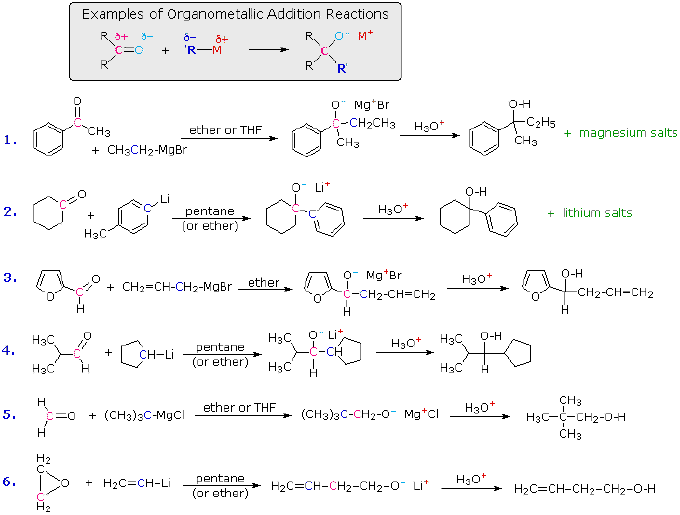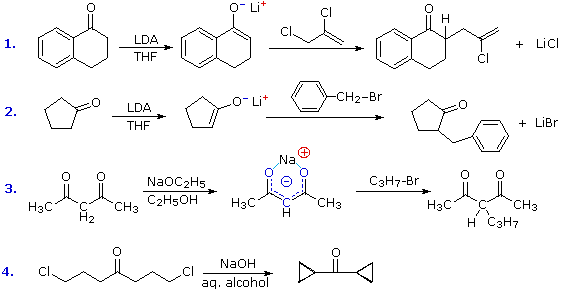| 1 | 18 | ||||||||||||||||
| 1 H |
2 |
13 |
14 |
15 |
16 |
17 |
2 He |
||||||||||
| 3 Li |
4 Be |
5 B |
6 C |
7 N |
8 O |
9 F |
10 Ne |
||||||||||
| 11 Na |
12 Mg |
3 | 4 | 5 | 6 | 7 | 8 | 9 | 10 | 11 | 12 | 13 Al |
14 Si |
15 P |
16 S |
17 Cl |
18 Ar |
| 19 K |
20 Ca |
21 Sc |
22 Ti |
23 V |
24 Cr |
25 Mn |
26 Fe |
27 Co |
28 Ni |
29 Cu |
30 Zn |
31 Ga |
32 Ge |
33 As |
34 Se |
35 Br |
36 Kr |
| 37 Rb |
38 Sr |
39 Y |
40 Zr |
41 Nb |
42 Mo |
43 Tc |
44 Ru |
45 Rh |
46 Pd |
47 Ag |
48 Cd |
49 In |
50 Sn |
51 Sb |
52 Te |
53 I |
54 Xe |
| 55 Cs |
56 Ba |
*1 | 72 Hf |
73 Ta |
74 W |
75 Re |
76 Os |
77 Ir |
78 Pt |
79 Au |
80 Hg |
81 Tl |
82 Pb |
83 Bi |
84 Po |
85 At |
86 Rn |
| 87 Fr |
88 Ra |
*2 | 104 Rf |
105 Db |
106 Sg |
107 Bh |
108 Hs |
109 Mt |
110 Ds |
111 Rg |
112 Uub |
113 Uut |
114 Uuq |
115 Uup |
116 Uuh |
117 Uus |
118 Uuo |
| *1 ランタノイド | 57 La |
58 Ce |
59 Pr |
60 Nd |
61 Pm |
62 Sm |
63 Eu |
64 Gd |
65 Tb |
66 Dy |
67 Ho |
68 Er |
69 Tm |
70 Yb |
71 Lu |
||
| *2 アクチノイド | 89 Ac |
90 Th |
91 Pa |
92 U |
93 Np |
94 Pu |
95 Am |
96 Cm |
97 Bk |
98 Cf |
99 Es |
100 Fm |
101 Md |
102 No |
103 Lr |
||
|
|
|||||
|
原子番号
|
元素記号
|
和名
|
原子量
|
||
|
|
|||||
|
H
|
hydrogen | 水素 |
1.008
|
||
|
He
|
helium | ヘリウム |
4.003
|
||
|
Li
|
lithium | リチウム |
6.941
|
||
|
Be
|
beryllium | ベリリウム |
9.012
|
||
|
B
|
boron | ホウ素(硼素) |
10.81
|
||
|
C
|
carbon | 炭素 |
12.01
|
||
|
N
|
nitrogen | 窒素 |
14.01
|
||
|
O
|
oxygen | 酸素 |
16.00
|
||
|
F
|
fluorine | フッ素(弗素) |
19.00
|
||
|
Ne
|
neon | ネオン |
20.18
|
戻る | |
|
Na
|
sodium | ナトリウム |
22.99
|
||
|
Mg
|
magnesium | マグネシウム |
24.31
|
||
|
Al
|
aluminum | アルミニウム |
26.98
|
||
|
Si
|
silicon | ケイ素(硅素) |
28.09
|
||
|
P
|
phosphorus | リン(燐) |
30.97
|
||
|
S
|
sulfur | 硫黄 |
32.07
|
||
|
Cl
|
chlorine | 塩素 |
35.45
|
||
|
Ar
|
argon | アルゴン |
39.95
|
||
|
K
|
potassium | カリウム |
39.10
|
||
|
Ca
|
calcium | カルシウム |
40.08
|
||
|
Sc
|
scandium | スカンジウム |
44.96
|
||
|
Ti
|
titanium | チタン |
47.88
|
||
|
V
|
vanadium | バナジウム |
50.94
|
||
|
Cr
|
chromium | クロム |
52.00
|
||
|
Mn
|
manganese | マンガン |
54.94
|
||
|
Fe
|
iron | 鉄 |
55.85
|
||
|
Co
|
cobalt | コバルト |
58.93
|
||
|
Ni
|
nickel | ニッケル |
58.69
|
||
|
Cu
|
copper | 銅 |
63.55
|
||
|
Zn
|
zinc | 亜鉛 |
65.39
|
||
|
Ga
|
gallium | ガリウム |
69.72
|
||
|
Ge
|
germanium | ゲルマニウム |
72.61
|
||
|
As
|
arsenic | ヒ素(砒素) |
74.92
|
||
|
Se
|
selenium | セレン |
78.96
|
||
|
Br
|
bromine | 臭素 |
79.90
|
||
|
Kr
|
krypton | クリプトン |
83.80
|
||
|
Rb
|
rubidium | ルビジウム |
85.47
|
||
|
Sr
|
strontium | ストロンチウム |
87.62
|
||
|
Y
|
yttrium | イットリウム |
88.91
|
||
|
Zr
|
zirconium | ジルコニウム |
91.22
|
||
|
Nb
|
niobium | ニオブ |
92.91
|
||
|
Mo
|
molybdenum | モリブデン |
95.94
|
||
|
Tc
|
technetium | テクネチウム |
放射性
|
||
|
Ru
|
ruthenium | ルテニウム |
101.1
|
||
| rhodium | ロジウム |
102.9
|
|||
|
Pd
|
palladium | パラジウム |
106.4
|
||
|
Ag
|
silver | 銀 |
107.9
|
||
|
Cd
|
cadmium | カドミウム |
112.4
|
||
|
In
|
indium | インジウム |
114.8
|
||
|
Sn
|
tin | スズ(錫) |
118.7
|
||
|
Sb
|
antimony | アンチモン |
121.8
|
||
|
Te
|
tellurium | テルル |
127.6
|
||
|
I
|
iodine | ヨウ素(沃素) |
126.9
|
||
|
Xe
|
xenon | キセノン |
131.3
|
||
|
Cs
|
cesium | セシウム |
132.9
|
||
|
Ba
|
barium | バリウム |
137.3
|
||
|
La
|
lanthanum | ランタン |
138.9
|
||
|
Ce
|
cerium | セリウム |
140.1
|
||
|
Sm
|
samarium | サマリウム |
150.4
|
||
|
Eu
|
europium | ユーロピウム | |||
|
Gd
|
gadolinium | ガドリニウム |
157.3
|
||
|
Yb
|
ytterbium | イッテルビウム |
173.0
|
||
|
Hf
|
hafnium | ハフニウム |
178.5
|
||
|
Ta
|
tantalum | タンタル |
180.9
|
||
|
W
|
tungsten | タングステン |
183.9
|
||
|
Re
|
rhenium | レニウム |
186.2
|
||
|
Os
|
osmium | オスミウム |
190.2
|
||
|
Ir
|
iridium | イリジウム |
192.2
|
||
|
Pt
|
platinum | 白金(プラチナ) |
195.1
|
||
|
Au
|
gold | 金 |
197.0
|
||
|
Hg
|
mercury | 水銀 |
200.6
|
||
|
Tl
|
thallium | タリウム |
204.4
|
||
|
Pb
|
lead | 鉛 |
207.2
|
||
|
Bi
|
bismuth | ビスマス |
209.0
|
||
|
Rn
|
radon | ラドン |
放射性
|
||
|
Ra
|
radium | ラジウム |
放射性
|
||
|
U
|
uranium | ウラニウム |
238.0
|
||
|
94
|
Pu
|
plutonium | プルトニウム |
放射性
|
|







































































































.png)

.png)
.png)


.png)








































































































.png)
.png)



.png)










































































































































































































































































































































 electronegativity.
electronegativity.

 defined in the diagram on the right, a simple straight line represents a bond lying approximately in the surface plane. The two bonds to substituents A in the structure on the left are of this kind. A wedge shaped bond is directed in front of this plane (thick end toward the viewer), as shown by the bond to substituent B; and a hatched bond is directed in back of the plane (away from the viewer), as shown by the bond to substituent D.
defined in the diagram on the right, a simple straight line represents a bond lying approximately in the surface plane. The two bonds to substituents A in the structure on the left are of this kind. A wedge shaped bond is directed in front of this plane (thick end toward the viewer), as shown by the bond to substituent B; and a hatched bond is directed in back of the plane (away from the viewer), as shown by the bond to substituent D.










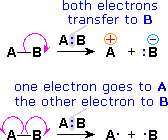



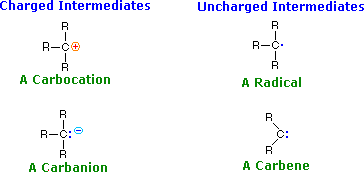


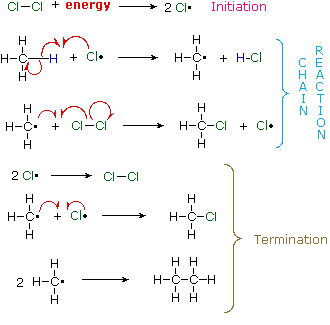















 electronegativities significantly greater than carbon.
electronegativities significantly greater than carbon.




















